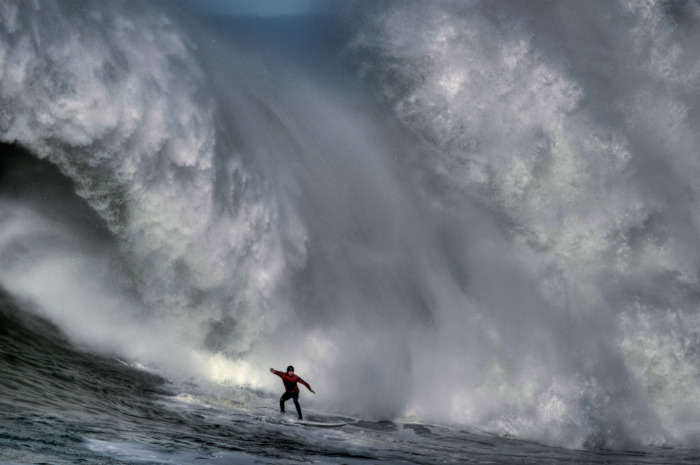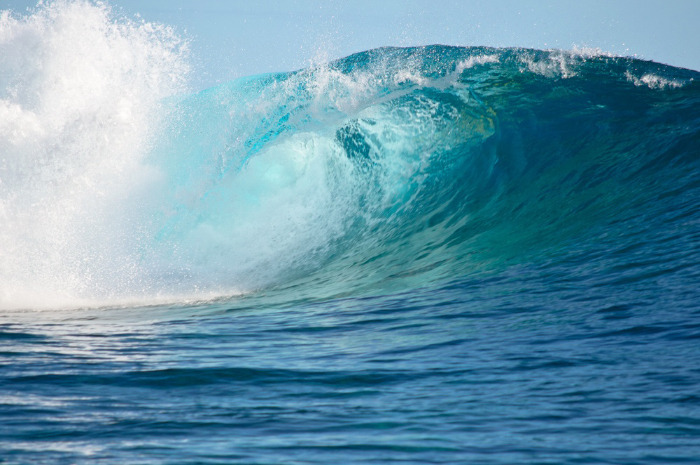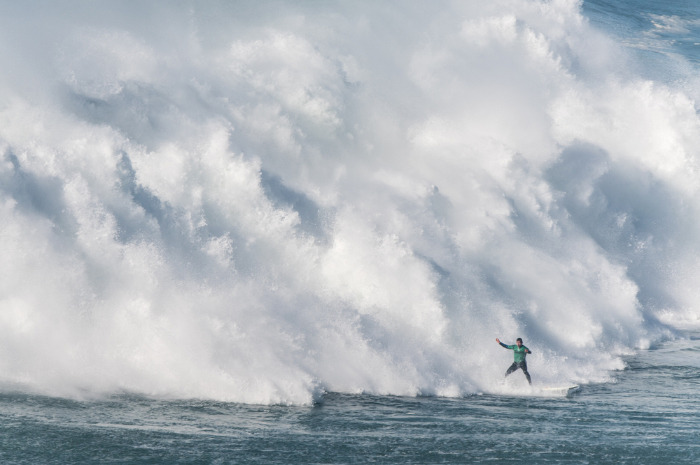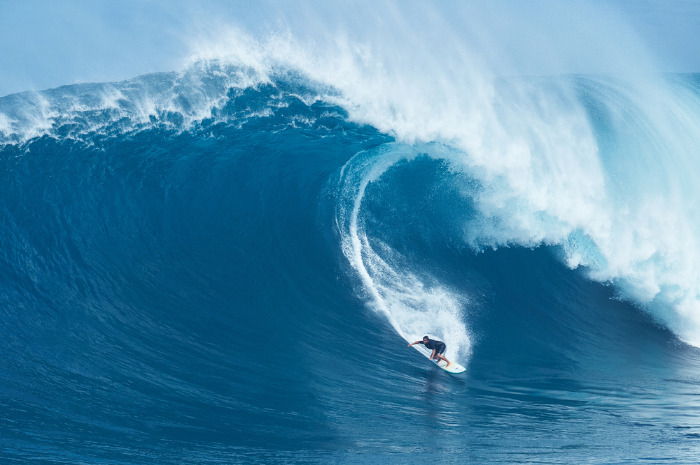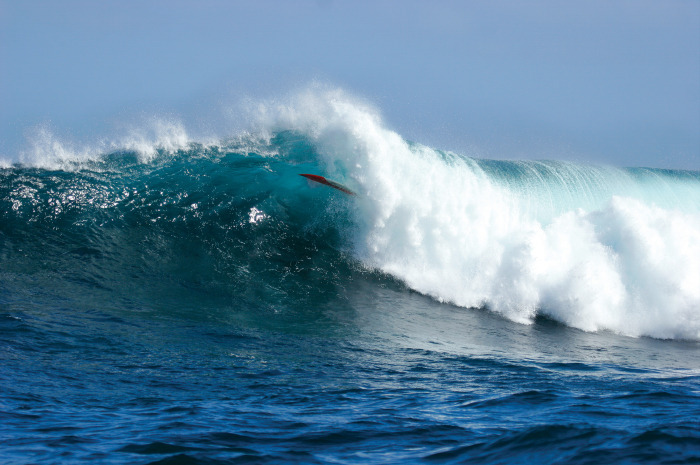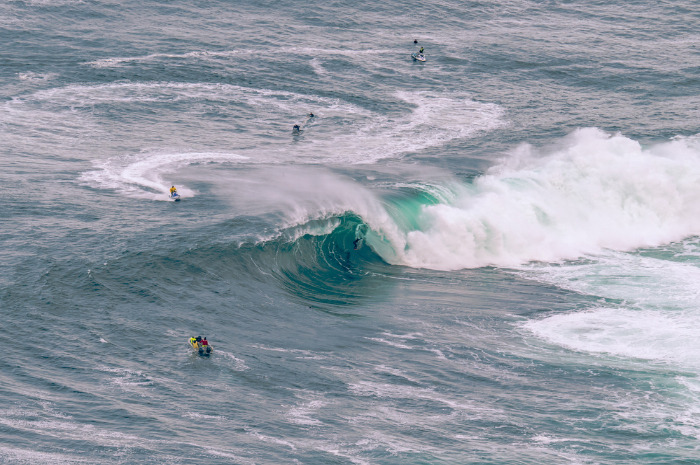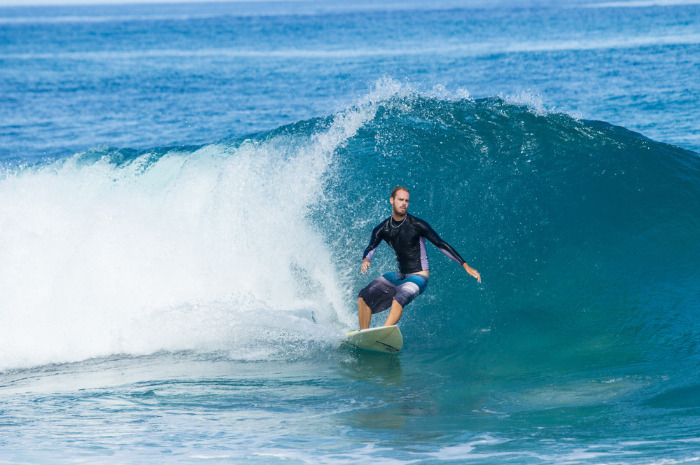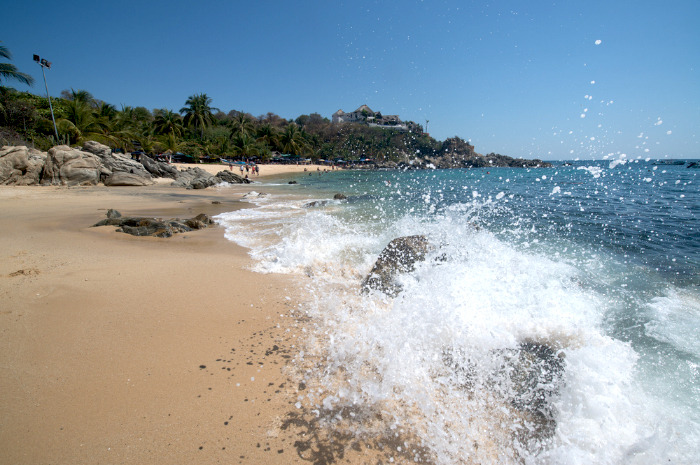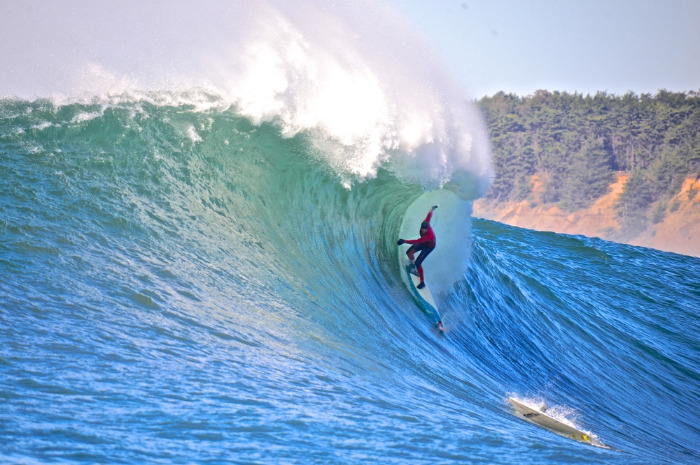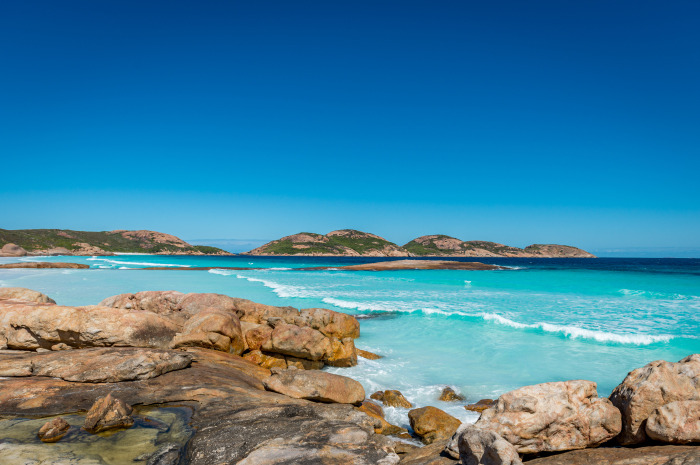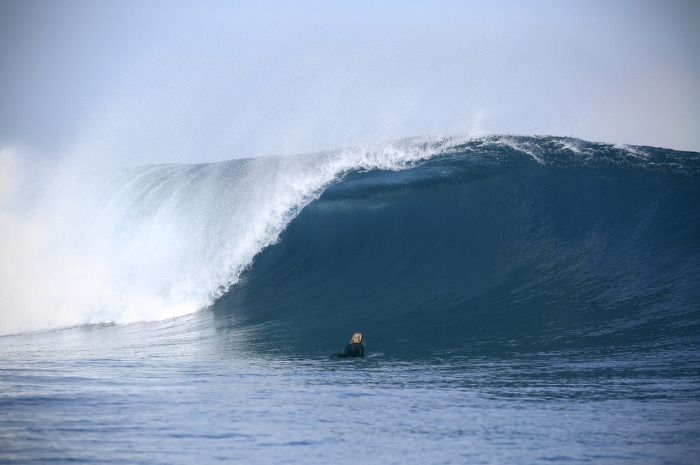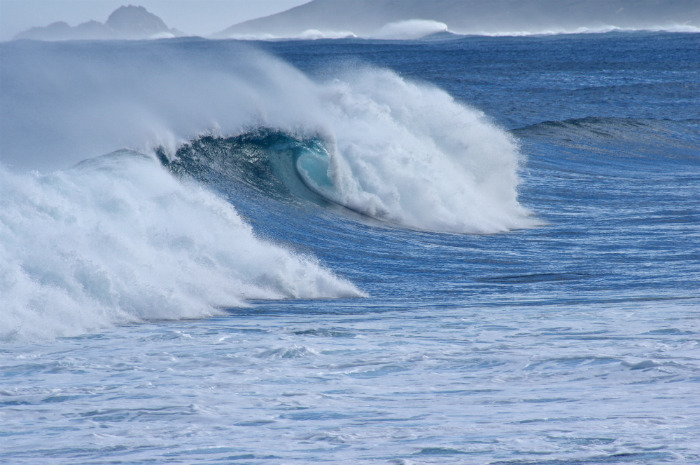The Most Dangerous Waves In The World
How would you describe a dangerous wave? Does it have to enormous in size, sink ships, swallow entire cities or simply rise about 70 feet and produce a frightening roar? There are several surf spots in the world that, due to its size and pure power, scare even the boldest of surfers.
Teahupoo, Tahiti
Experienced surfers agree—the waves in Teahupoo are some of the most challenging and powerful in the world. You're going very deep to very shallow in a few quick seconds. As the swell gets beyond 10 feet the wave gets bigger and bigger. It may even look to some as if all of the water from the ocean is rising over with a lip. Hopefully you won't fall because what's waiting below is scary—razer-sharp coral reef.
Nazaré, Portugal
Also known as "Portugal's Monster," Nazare is a gorgeous vacation destination with some of the biggest and deadliest waves ever surfed. In Nazare, a Hawaiian surfer told Time, "the ocean is known as a place of death, not of riding waves." Nazare's waves are created much larger due to the Nazare Canyon. They are so dangerous that big-wave surfer Maya Gabeira was nearly killed during a wipeout in 2013.
Peahi, or Jaws, Maui, Hawaii
The biggest wave surfed in the world each year has been at Peahi, according to the Maui Guidebook. The spot, which got its name from the famous thriller, can be deceitful. Waves can sometimes be as many as 70 feet tall because of winter storms swells traveling over a barrier reef. Surfers are towed-into the breaking waves by jet skis in order to generate enough speed to surf these dangerous waves, as seen in this video.
Dungeons, South Africa
This is a treacherous wave for several reasons, one of which is that a shark-infested beach is just feet away – Seal Island. Dungeons is known for its icy water, enormous underwater boulders, and very long hold-downs. After all, this is how the spot got its name. A local surfer was held under for two successive 25 footers.
Shipstern, Tasmania, Australia
Shipstern Bluff, in Tasman National Park, is named after the imposing 250-foot wedge-shaped granite cliff and is only accessible by boat or a long trek through the park. Shipstern offers surfers the chance to encounter 20-foot waves. They are towed in by a jet ski and thrown directly into the path of the wave.
Pipeline, Oahu, Hawaii
Pipeline is home to huge waves that break in shallow water above the reefs. Pipeline was the home of the Vans Triple Crown of Surfing contest in 2015. The winter swells that roll into this part of Oahu's North Shore push up onto an extremely shallow reef, creating some of the best picture-perfect waves that form gorgeous rideable barrels that pro surfers dream about.
Puerto Escondido, Oaxaca, Mexico
It started out as a small fishing village and has grown to be known for some of the biggest surfing competitions in the country. Some of these include the ESPN X Games and the MexPipe Challenge. Puerto Escondido is known for its biggest waves beginning in early May (during rainy seasons). The most common section for surfers is Zicatela Beach. It's a very competitive spot, known for the fastest and most powerful waves in the area.
Mavericks, California
This is a popular big wave surfing spot in the U.S. Just beneath the massive peak there is a deep hole in the bottom of the ocean that inhales seawater, surging violently with each passing swell. It's known as "The Cauldron" and it's responsible for regular two wave hold-downs, according to National Geographic.
Cyclops, Australia
The wave is just off the Esperance coast in Western Australia and it can only be accessed by boat. It has, most likely, the heaviest, thickest lips in the world. The depth changes tremendously very quickly. When enormous swells roll in, they blast all of their might onto the razor sharp coral, causing Cyclops to literally engulf itself.
Cloudbreak, Fiji
Cloudbreak, also known as Thunder Cloud reef, is located off the coast of Fiji about three miles straight south of Namotu Island. It is a world-class left reef pass that is regularly voted one of the 10 Best/Most challenging waves in the world, according to Namotu Island Fiji. Its waves are tremendously fast and they hit the reef from different angles. You need a jet ski and tow board to get in.
The Right, Western Australia
The Right is Western Australia's gnarliest slab. And it is definitely one of, if not the, most dangerous and unpredictable waves in the world. Famed surfer Ryan 'Hippo' Hipwood nearly died in 2012 riding it. You can see him conquer the wave in this video. The wave reaches about 60 feet—that's about five stories.
